Priročnik Ryobi RTS18C-0 Krožna žaga
Potrebujete priročnik za vaš Ryobi RTS18C-0 Krožna žaga? Spodaj si lahko brezplačno ogledate in prenesete PDF priročnik v slovenščini. Ta izdelek ima trenutno 3 pogosto zastavljeni vprašanji, 0 komentarjev in ima 0 glasov. Če to ni priročnik, ki ga želite, nas kontaktirajte.
Ali je vaš izdelek okvarjen in v priročniku ne najdete rešitve? Obiščite Repair Café za brezplačno popravilo.
Priročnik
Loading…

Loading…
Ocena
Povejte nam, kaj menite o Ryobi RTS18C-0 Krožna žaga, tako da oddate oceno izdelka. Ali želite deliti svoje izkušnje z izdelkom ali postaviti vprašanje? Oddajte komentar na dnu strani.Več o tem priročniku
Zavedamo se, da je lepo imeti papirni priročnik za vaš Ryobi RTS18C-0 Krožna žaga. Priročnik lahko vedno prenesete z naše spletne strani in ga natisnete sami. Če želite imeti originalni priročnik, priporočamo, da kontaktirate Ryobi. Morda bodo lahko zagotovili originalni priročnik. Ali iščete priročnik za vaš Ryobi RTS18C-0 Krožna žaga v drugem jeziku? Na naši domači strani izberite želeni jezik in poiščite številko modela, da preverite, ali je na voljo.
Specifikacije
| Blagovna znamka | Ryobi |
| Model | RTS18C-0 |
| Kategorija | Krožne žage |
| Vrsta datoteke | |
| Velikost datoteke | 6.61 MB |
Vsi priročniki za Ryobi Krožne žage
Več priročnikov za Krožne žage
Pogosto zastavljena vprašanja o Ryobi RTS18C-0 Krožna žaga
Naša podporna ekipa išče uporabne informacije o izdelkih in odgovore na pogosta vprašanja. Če v pogosto postavljenih vprašanjih odkrijete nenatančnost, nam to sporočite prek obrazca za stik.
Koliko milimetrov mora žaga štrleti pod materialom, ki ga žagam? Potrjeno
Najbolje je, da ta ostane 3 mm ali več. Ko je manj, obstaja možnost, da se material sesuje ali povzroči grd rezultat.
To je bilo koristno (95) Preberi večAli moram pri uporabi krožne žage nositi zaščito za sluh? Potrjeno
Ja, moral bi. Čeprav se količina hrupa, ki ga proizvaja krožna žaga, med različnimi znamkami in modeli razlikuje, lahko dolgotrajna izpostavljenost glasnemu hrupu povzroči trajne poškodbe sluha. Zato je dobro nositi zaščito za sluh.
To je bilo koristno (43) Preberi večAli lahko električno orodje shranim v lopi ali garaži? Potrjeno
Na splošno lahko električno orodje shranite v lopi ali garaži, tudi če tam včasih zmrzne. Za življenjsko dobo električnega orodja pa je bolje, da ga hranite v suhem prostoru brez večjih temperaturnih nihanj. V lopi ali garaži lahko razlike v temperaturi povzročijo nastanek kondenza, ki lahko povzroči rjo. Poleg tega orodja, ki delujejo na baterije, delujejo krajše in se pri zelo nizkih temperaturah ne polnijo tako dobro. Da bi bili prepričani, kako je treba vaše električno orodje shraniti, vedno temeljito preberite uporabniški priročnik.
To je bilo koristno (13) Preberi več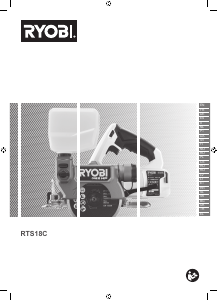


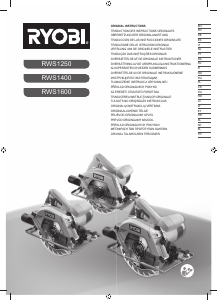
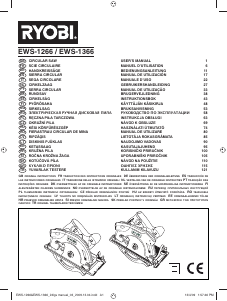
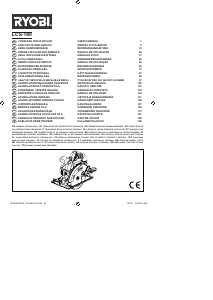
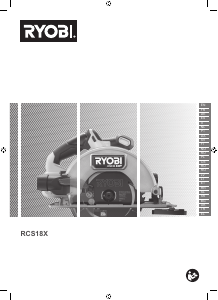
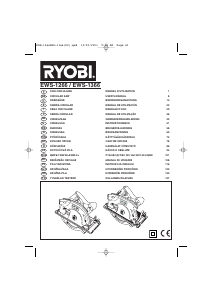
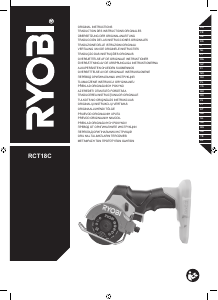
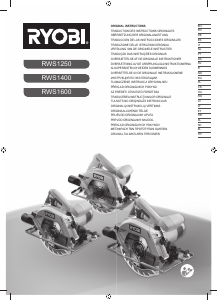
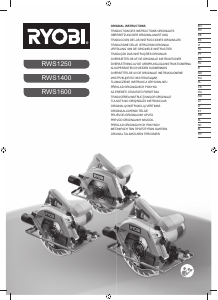
Pridružite se pogovoru o tem izdelku
Tukaj lahko delite svoje mnenje o Ryobi RTS18C-0 Krožna žaga. Če imate vprašanje, najprej natančno preberite priročnik. Zahtevo za priročnik lahko opravite z uporabo našega kontaktnega obrazca.